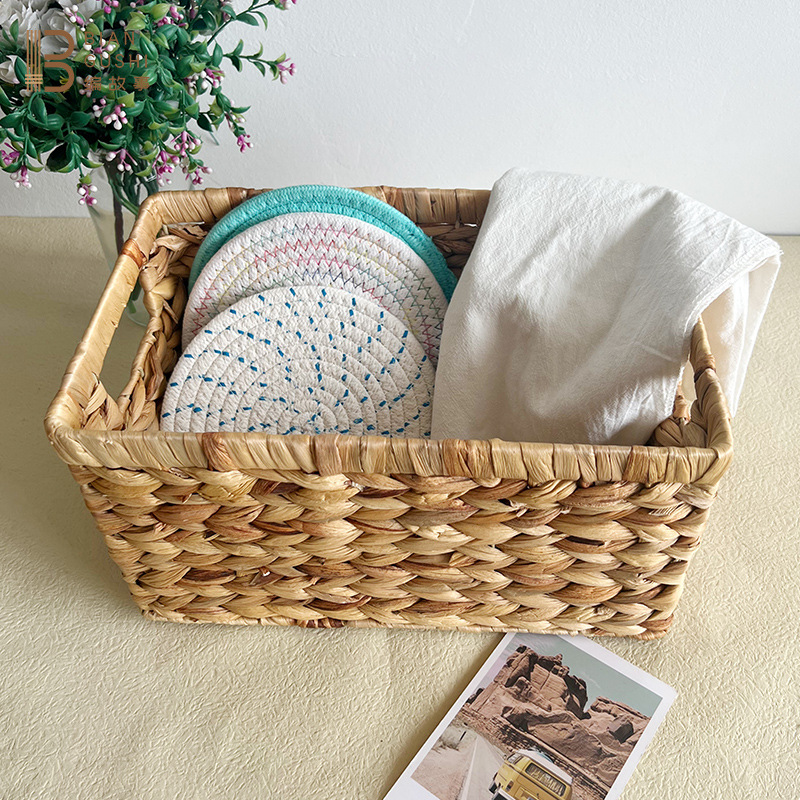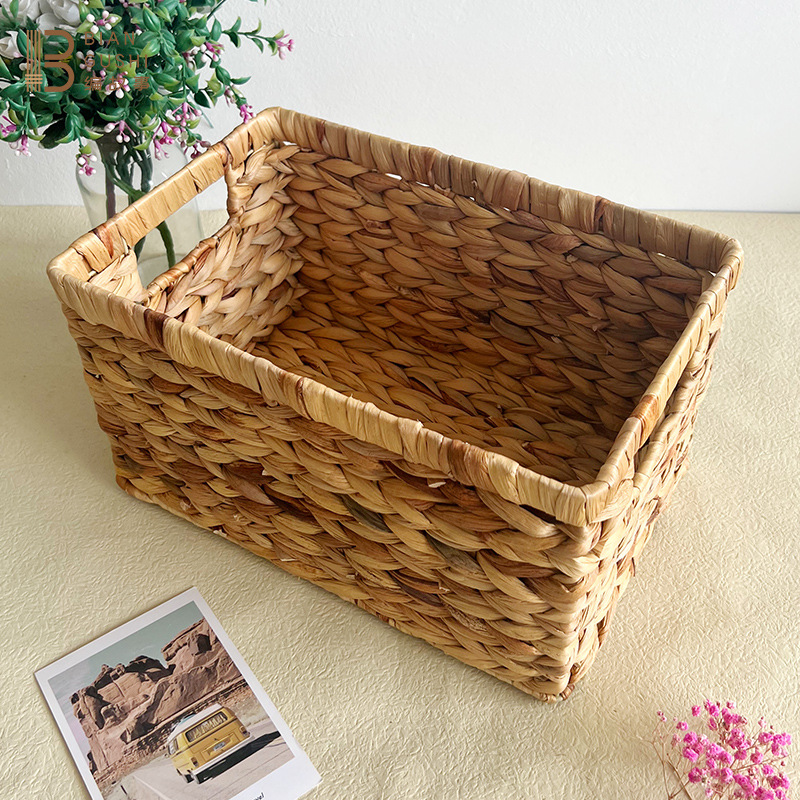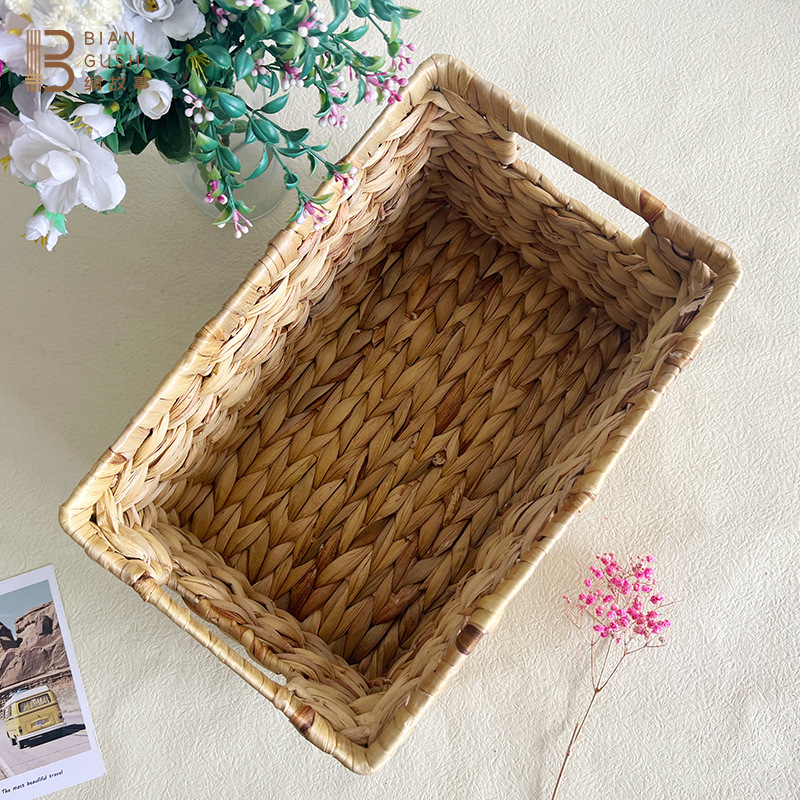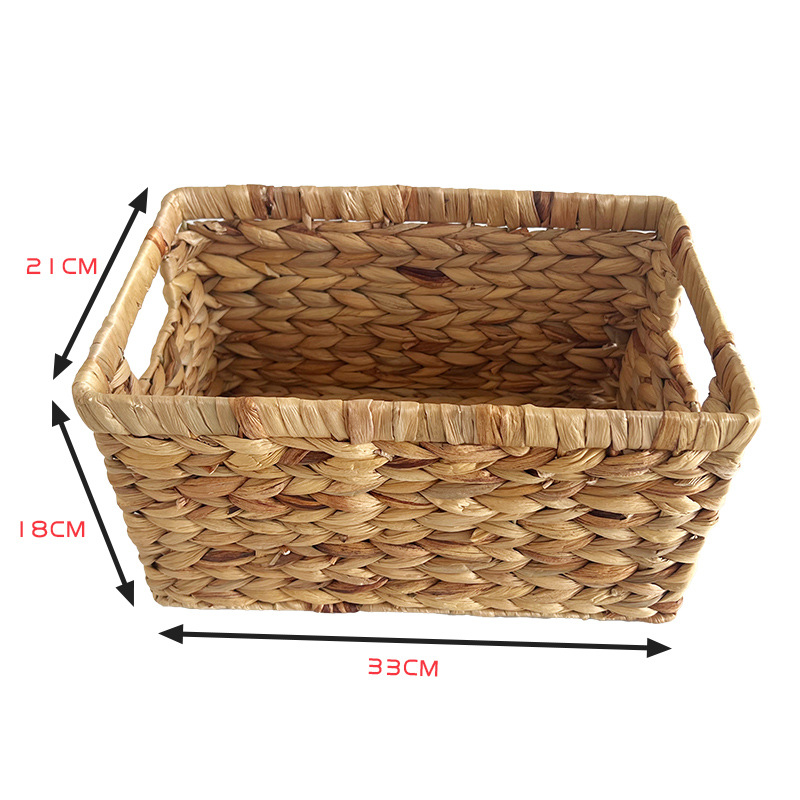The application of color psychology in placemat design: how to stimulate appetite through color
The magic of color psychology in placemat design
In the daily life, color is not only a visual enjoyment, but also a transmitter of emotions. In the field of catering, this principle is cleverly applied to the design of placemats. Through carefully selected color combinations, not only can a warm dining atmosphere be created, but it can also invisibly stimulate people's appetite, making every meal more delicious. Yiwu Tianran Daily Necessities, located on the second floor of Gate 91 in Zone 4 of Yiwu International Trade City, is a leader in this field. Inspired by color psychology, they have created a series of eye-catching placemat products.

Red: Catalyst for Passion and Appetite
In color psychology, red is often seen as a symbol of warmth and passion. In the design of placemats, a moderate amount of red elements can quickly capture people's attention, stimulate their inner enthusiasm and vitality, and thus drive an increase in appetite. Yiwu Tianran daily necessities cleverly use red as a decoration, such as pairing with gold or black borders, which not only maintains elegance but also effectively promotes appetite, making every dish on the table more tempting.

Orange: the source of warmth and vitality
Orange is the color of ripe fruits in nature, and is often associated with positive images such as warmth, harvest, and vitality. Incorporating orange into the design of placemats can create a warm and vibrant dining environment, allowing people to involuntarily feel the deliciousness of food and the beauty of life. The orange colored placemats from Yiwu Tianran Daily Necessities, whether solid or cleverly blended with other colors, can effectively enhance the pleasure of dining and promote appetite growth.

Yellow: Bright and Fresh Choice
Yellow represents brightness and can bring a fresh and lively feeling. However, in color psychology, overly bright yellow can also cause people to pay too much attention and lead to visual fatigue. Therefore, in the design of the placemat, Yiwu Tianran Daily Necessities chooses a soft light yellow color or uses it in combination with other colors (such as white and green) to maintain brightness and avoid stimulation, creating a warm and comfortable dining atmosphere that helps diners relax and enjoy the food.

Green: a symbol of nature and health
Green is the representative color of nature, symbolizing life, health, and peace. The use of green elements in placemat design can evoke fresh ingredients and healthy eating habits, thereby enhancing trust and favorability towards food. The green meal mat launched by Yiwu Tianran Daily Necessities can perfectly match various tableware and food, whether it is fresh grass green or steady olive green, creating a natural and harmonious dining environment, making every meal a tribute to a healthy life.
Blue and Purple: A Balance of Tranquility and Elegance
Although blue and purple are often associated with images such as calmness, composure, and nobility in color psychology, their application in placemat design should also be cautious. Moderate amounts of blue or purple elements can add a touch of mystery and elegance to the dining table, but too much may suppress appetite. Yiwu Tianran Daily Necessities cleverly applies this principle in their design, using small areas of blue or purple accents to create a sharp contrast with the main color scheme, which not only maintains elegance but also maintains a relaxed and pleasant dining atmosphere.
In summary, the application of color psychology in placemat design is a profound and interesting discipline. Yiwu Tianran Daily Necessities, with its keen market insight and exquisite design skills, integrates the essence of color psychology into its products, creating a series of both beautiful and practical placemat products. In the future, we have reason to believe that Yiwu Tianran Daily Necessities will continue to lead the new trend of placemat design, bringing warm and pleasant dining experiences to more families.









